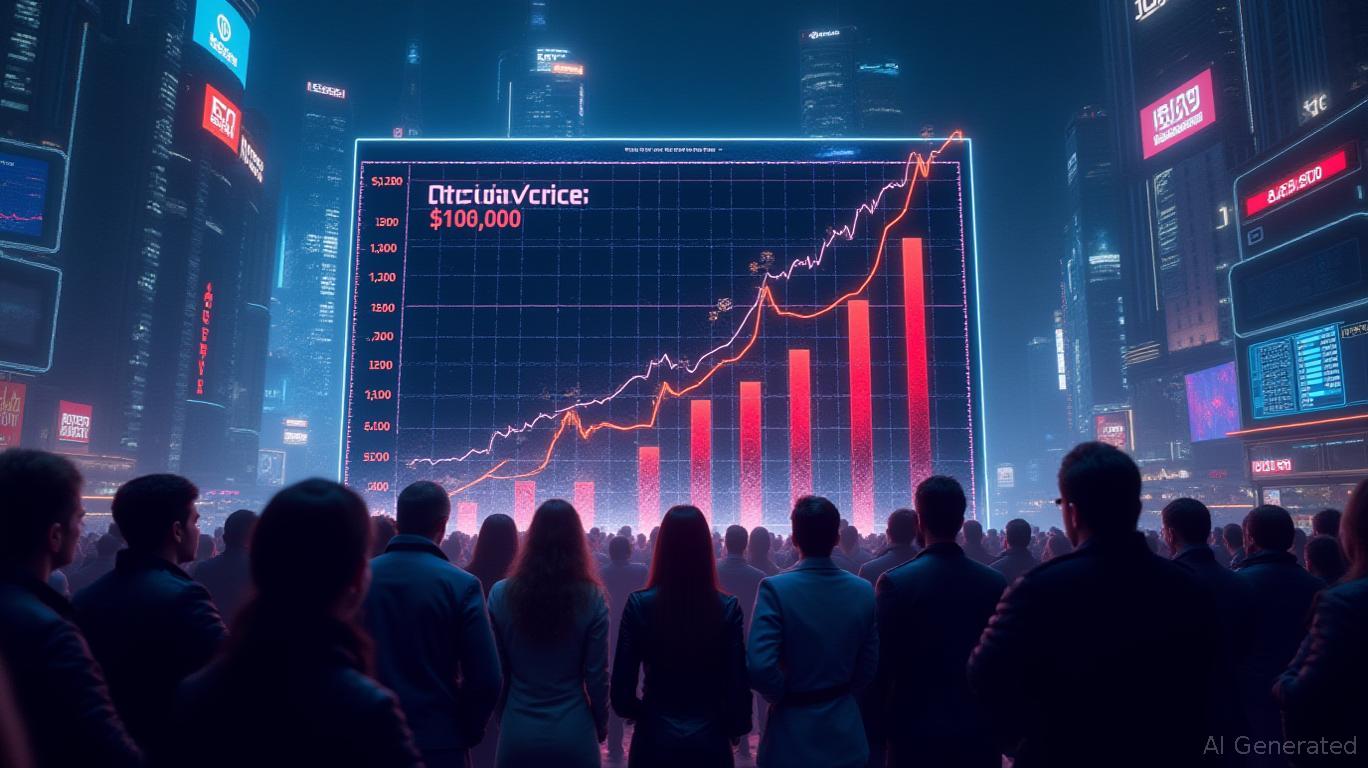AInvest Newsletter
Daily stocks & crypto headlines, free to your inbox
The cryptocurrency market has long been defined by volatility, but Bitcoin's current cycle—from its 2022 lows to June 2025—has delivered a 656% price gain, marking a new phase of institutional adoption and market resilience. This cycle, despite falling short of the explosive gains of prior booms (1,076% in 2015–2018 and 1,007% in 2018–2022), underscores Bitcoin's evolution into a mainstream asset class. Supported by Glassnode's on-chain data and insights from crypto analysts like CRYPTOMAXX, this analysis reveals how sustained demand, structural shifts in holder behavior, and regulatory clarity are redefining Bitcoin's role in investment portfolios.

The 656% gain since 2022 reflects a maturing market, not a speculative frenzy. Unlike earlier cycles, which were fueled by retail hype and unregulated exchanges, this cycle has seen institutional investors anchor Bitcoin's value. Glassnode data highlights that 33% of on-chain activity now flows through centralized exchanges, signaling broader participation. Meanwhile, Bitcoin's market capitalization has surged to $2.08 trillion—a tenfold increase from its 2018 cycle peak—despite reduced volatility.
The
Delivering real-time insights and analysis on emerging financial trends and market movements.

Dec.20 2025

Dec.20 2025

Dec.20 2025

Dec.20 2025

Dec.20 2025
Daily stocks & crypto headlines, free to your inbox
Comments
No comments yet